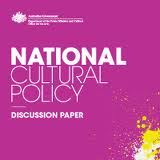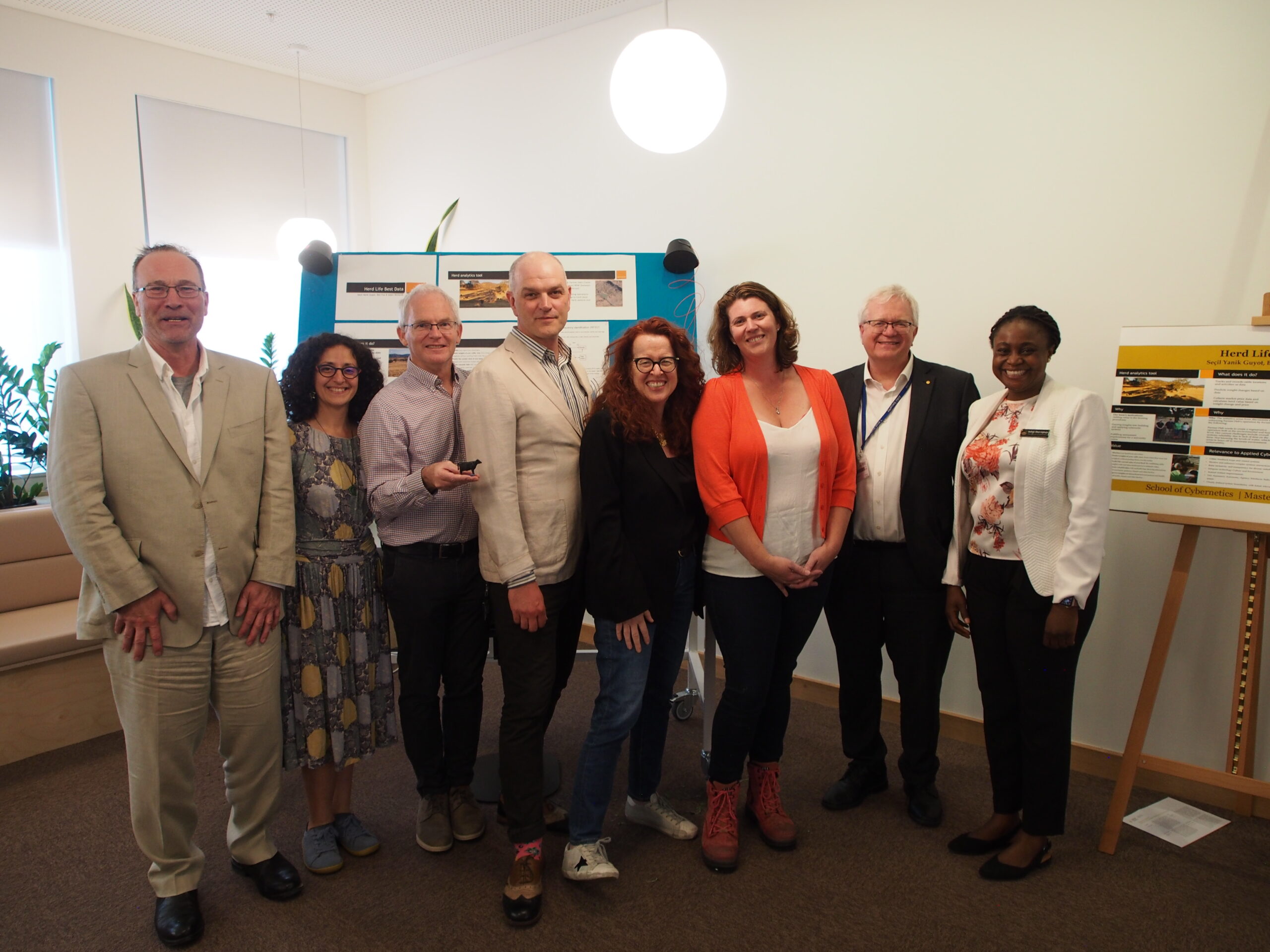In a space shared by two or more cultures there can be created intercultural space. Participating cultures form and communicate, tolerate, compromise, collaborate and explore ambiguities. This is different and distinct from cross-cultural communication that occurs within a dominant framing culture.
Interculturality can be defined as: “the capacity to experience cultural otherness and to use this experience to reflect on matters which are normally taken for granted within one’s own culture and environment. … in addition, interculturality involves using this heightened awareness of otherness to evaluate one’s own everyday patters of perception, thought, feeling and behaviour in order to develop greater self-knowledge and self-understanding.” (Barret 2008)
Intercultural spaces, particularly if dealing with information, data, culture, language and software create new, vibrant, vigorous hybrid ideas, concepts and systems. These can be shared and replicated with little or no loss or compromise to the original cultures involved.
Often the originating cultures benefit from efficiency, productive ideas and more. The National Cultural Policy can take advantage of this concept and the frameworks it allows.
The National Cultural Policy will benefit by engaging and extending frameworks and systems that value difference, subtletly, niche specialisation, focus and tolerance. Strategically this can enable Australian society to become more adaptable, wholistic, sustainable, flexible and proactive.
Reference: Barrett, M (2008). Intercultural competences: Reflections based on autobiography of intercultural encounters. Paper presented at the Council of Europe seminar on “Images of the ‘Other’ in history teaching: The role of history teaching institutions in the north and global south”, hosted by the North-South Centre of the Council of Europe, the Ismaili Centre and the Aga Khan Development Network, Lisbon, Portugal, 25th-26th September 2008. Via, UniSA.






